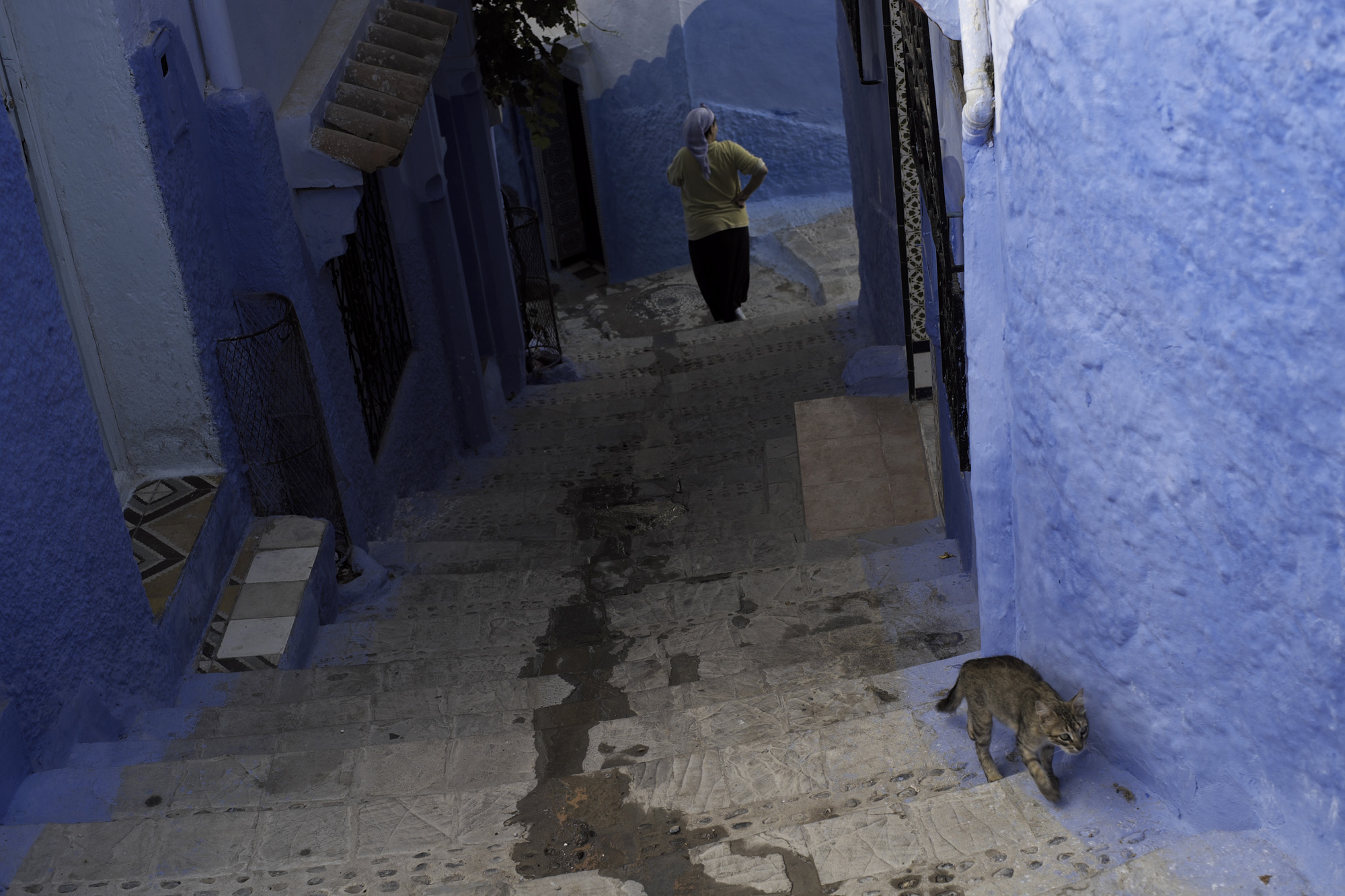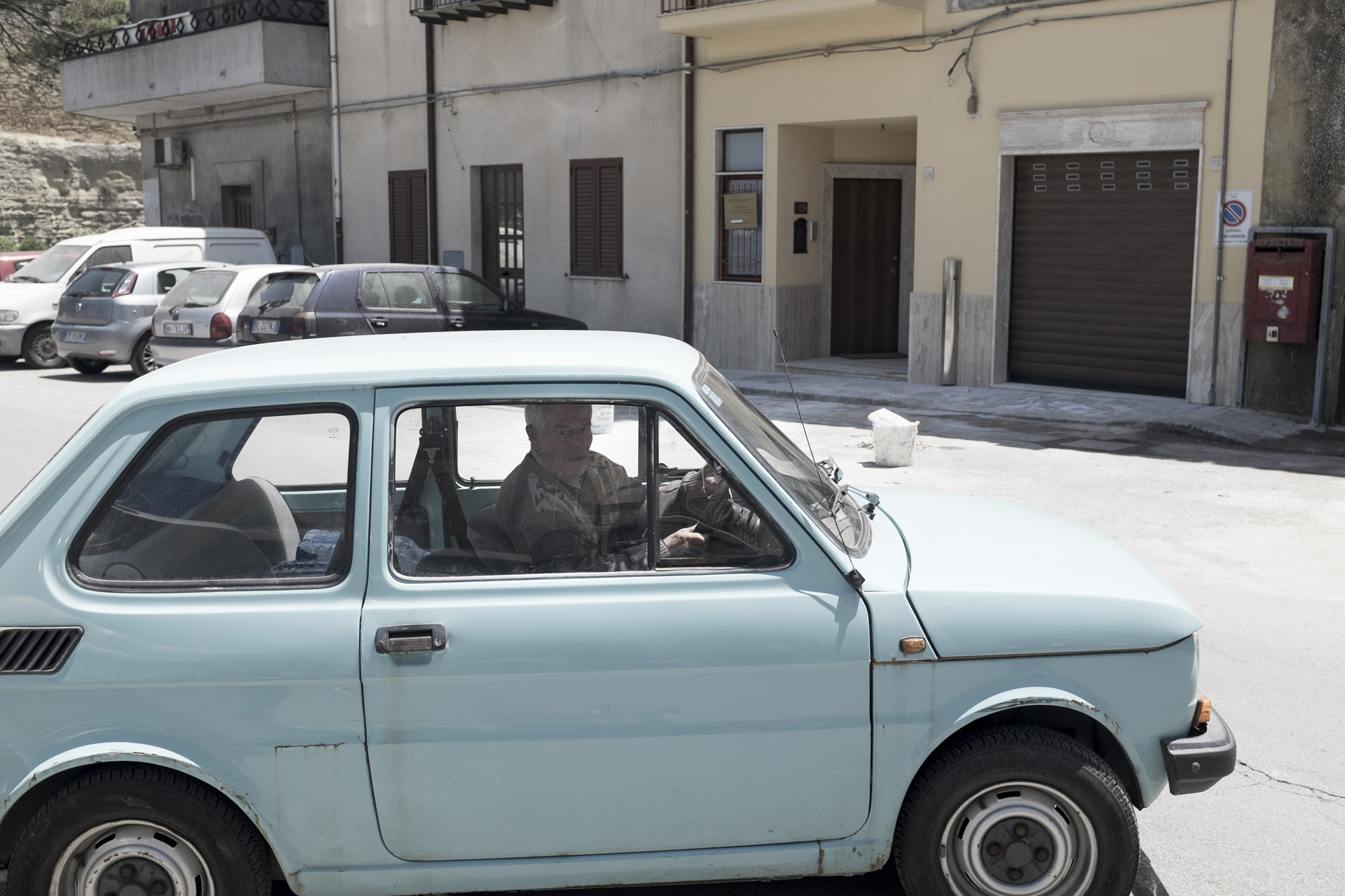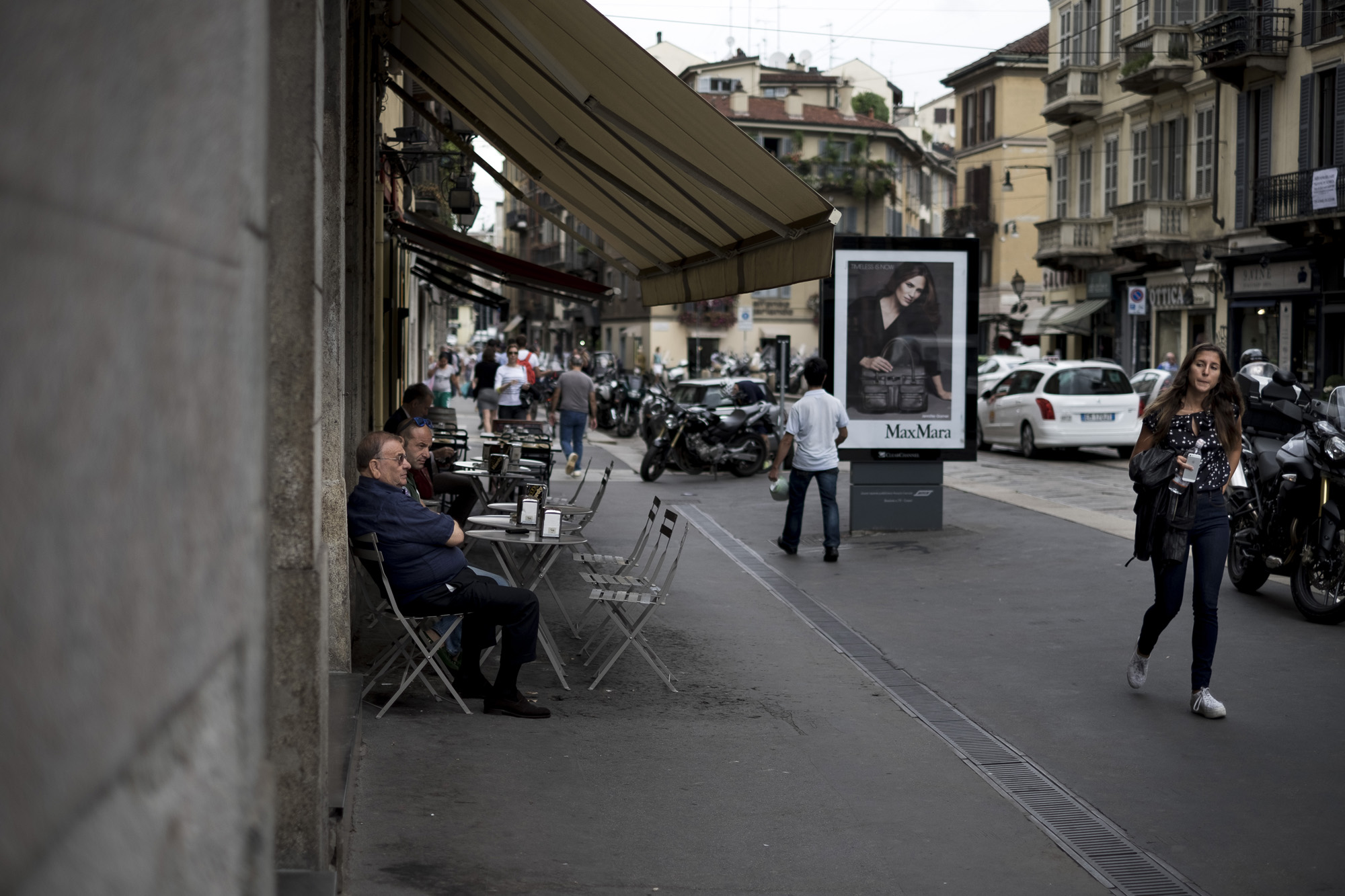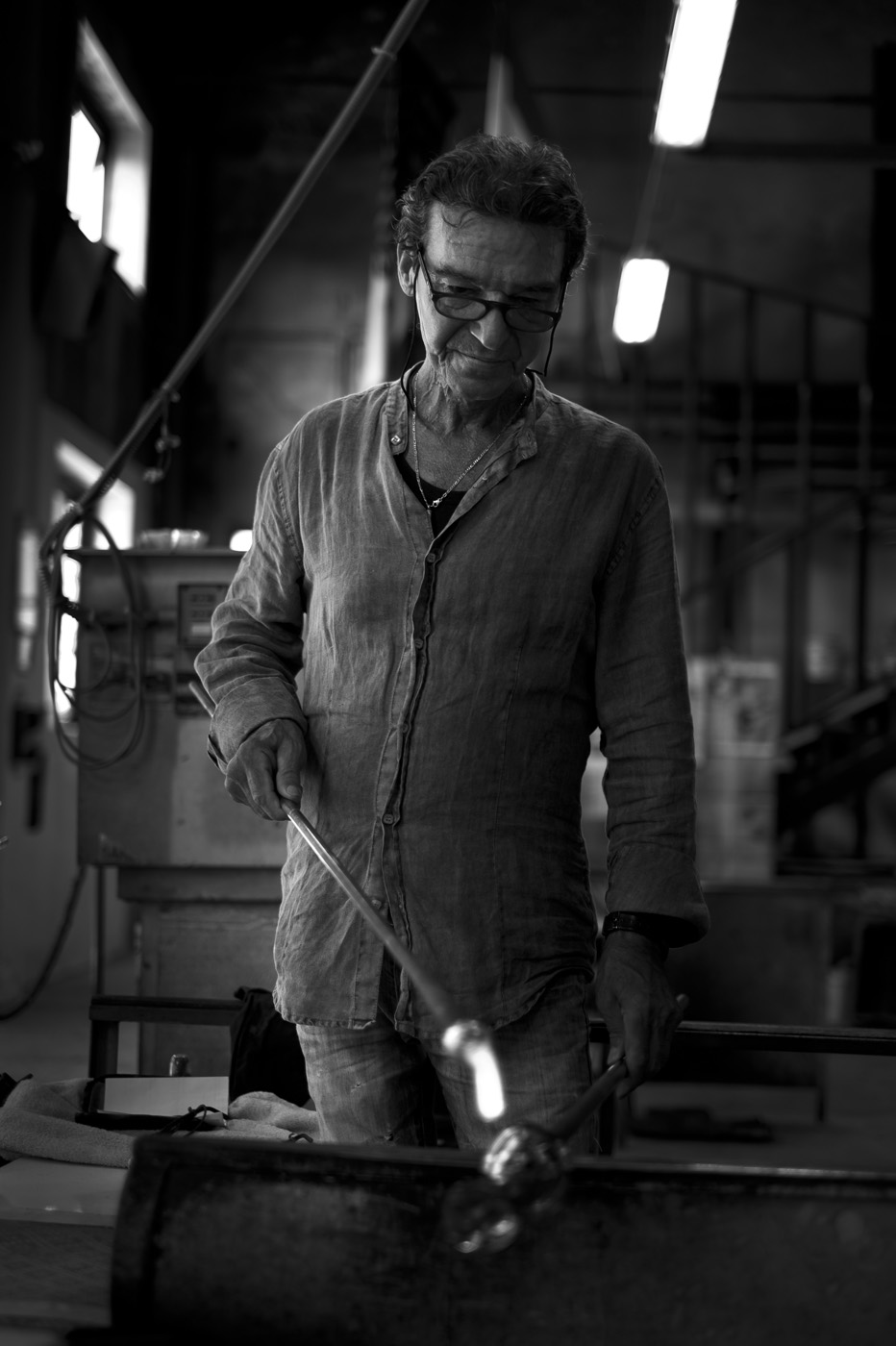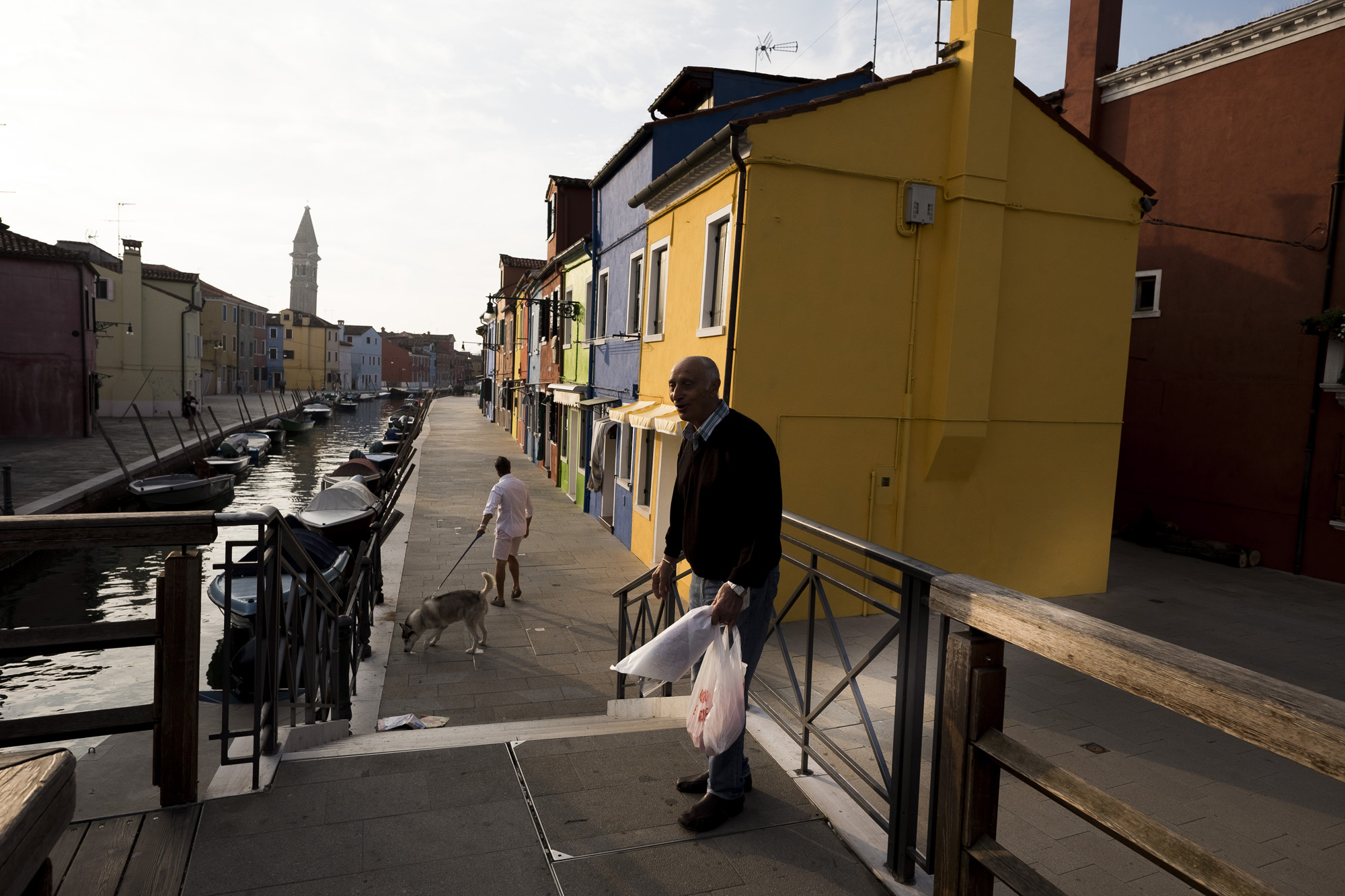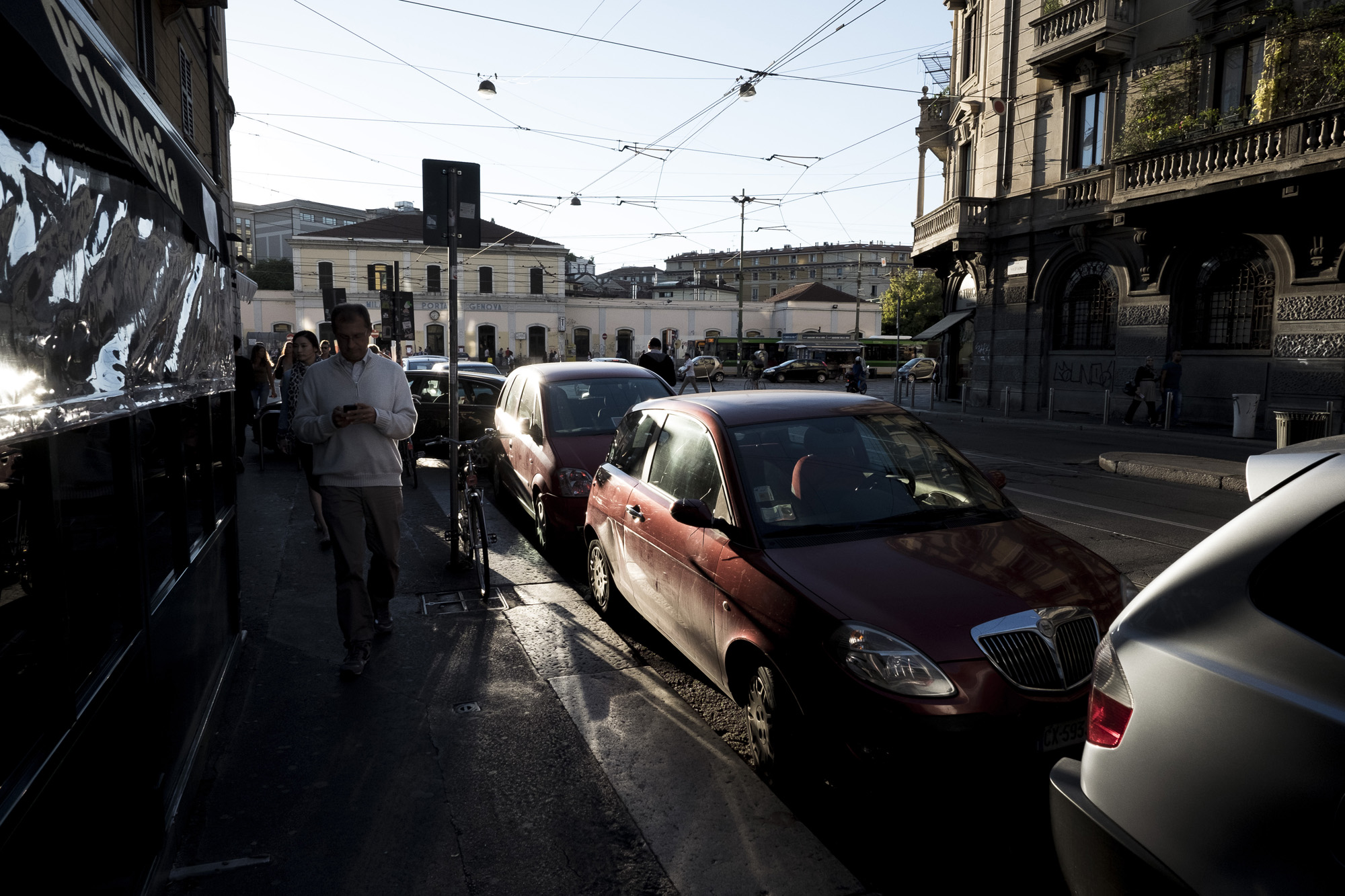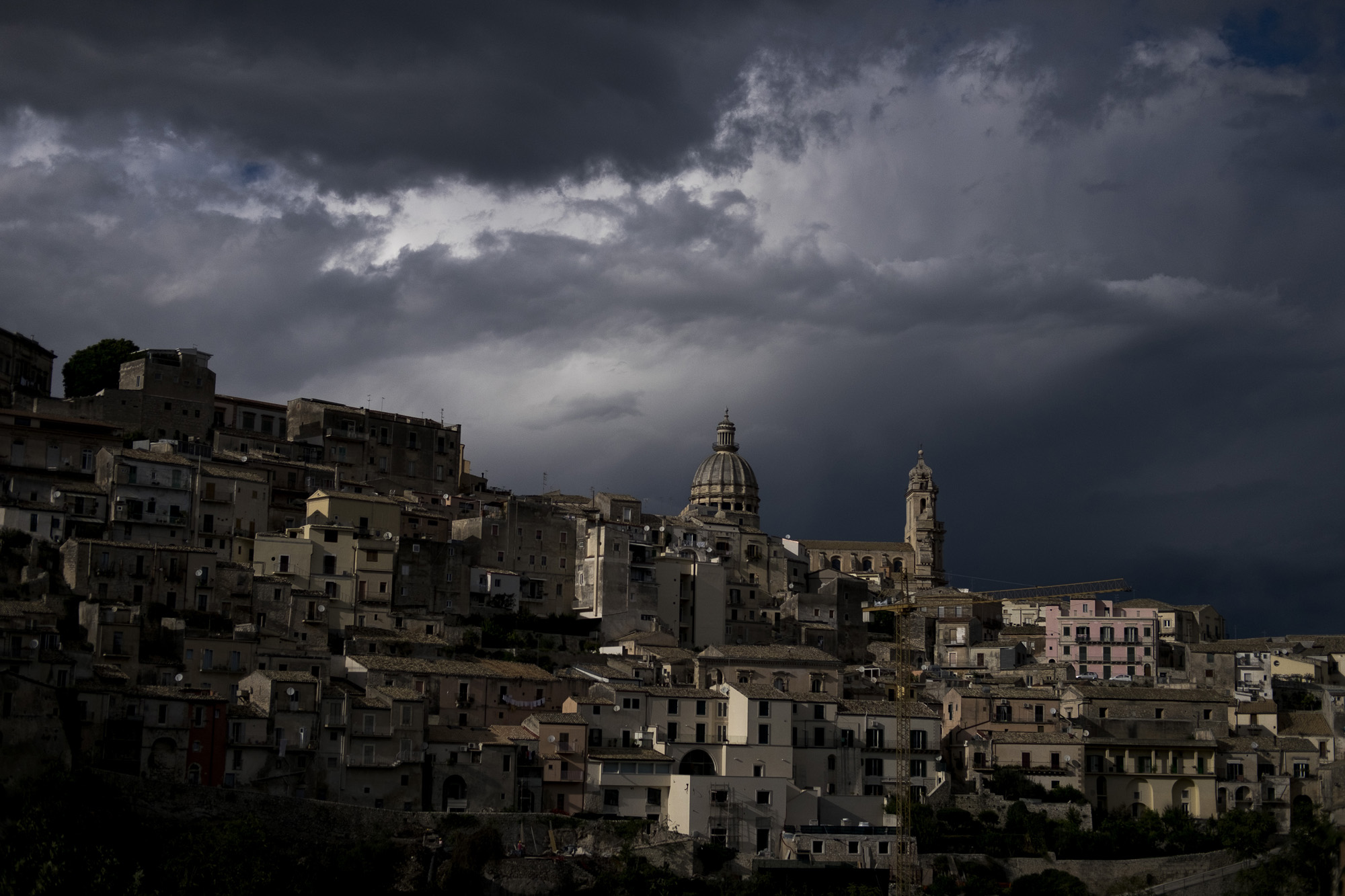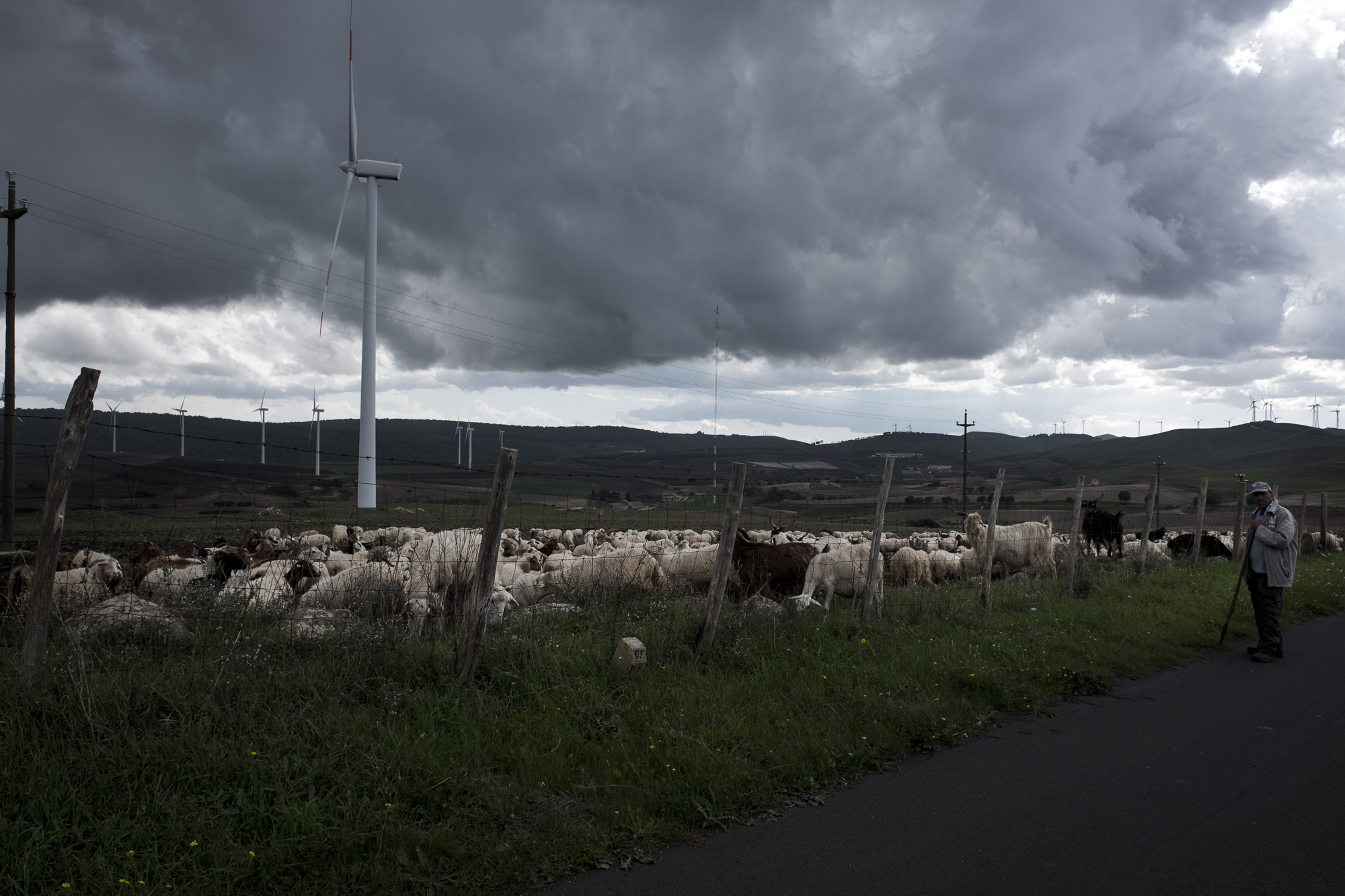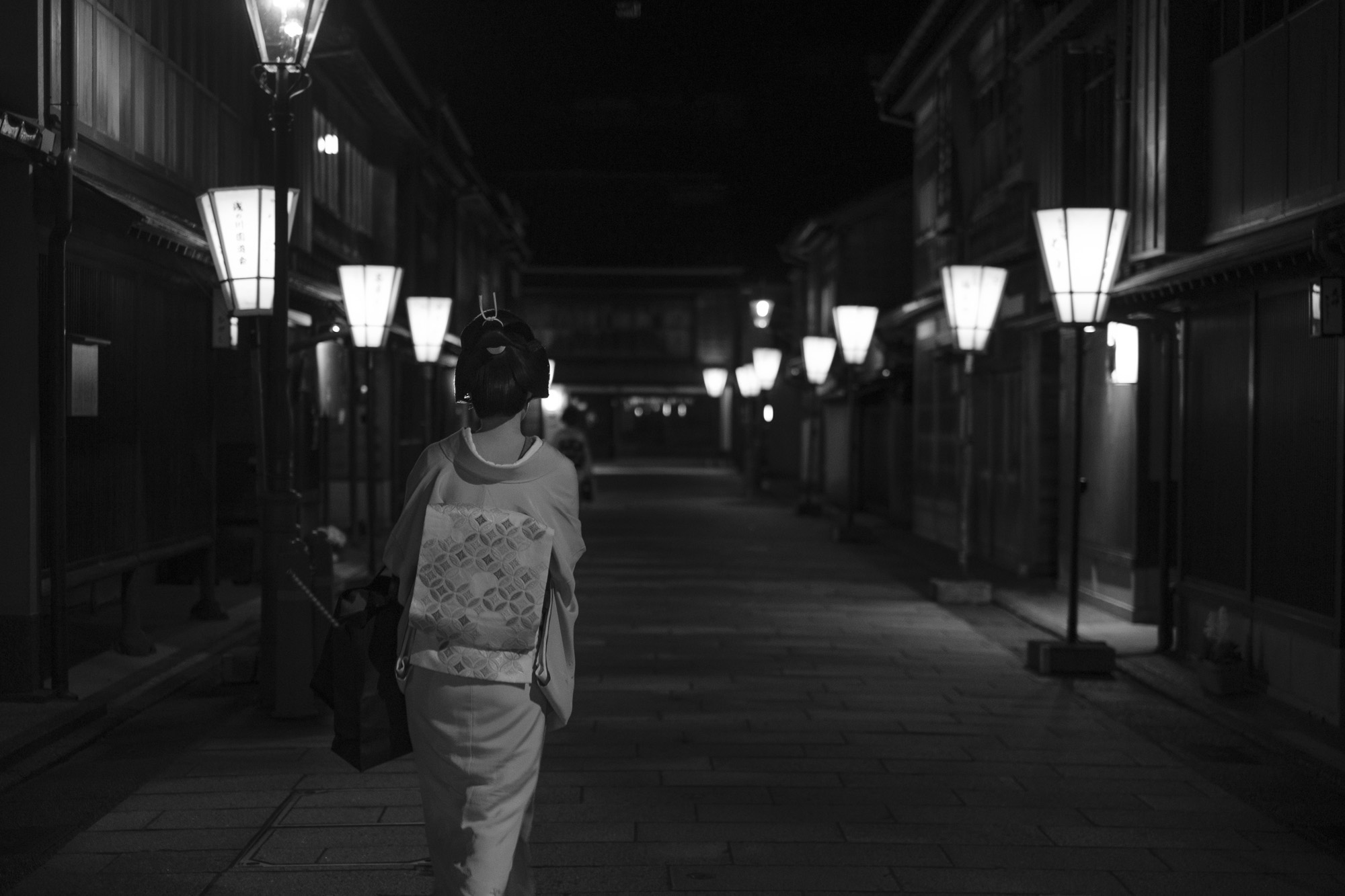
Camera that makes you want to take a piece of work
Toshimitsu Takahashi
Born on 2 February in 1963 in Komatsu JAPAN.
After working at a design production, established the TAKAHASHI TOSHIMITSU DESIGN OFFICE in 1994. Alongside being an art director, designer, and photographer, committed in photographic creativity works focused on
EXHIBITION
1983 [FACE]
1985 [WHAT’S GOING ON.]
1993 [IJINDENSHIN]
2011 [SNAPS] at Kanazawa, at Tokyo
Member of JAGDA
Member of KANAZAWA Art Directors Club
I met with X-E1 and traveled Morocco with it. A travel camera is better if it’s compact and casual. X-E1 was just that, a perfect travel companion. It fitted in my hands comfortably. People smiled when I looked through the viewfinder. From impressive blue alley Chefchaouen to labyrinth Fes, I sensed their unique atmosphere. X-E1 captured the feel of atmosphere just the way I sensed. The children I met in Fes at sunset. One by one, they gathered and smiled at the camera waiting to be photographed. I could never forget their smiling faces.
When I visited Sicily, I brought Carl Zeiss 12mm and 32mm along with the X-E1. I’ve always liked the Zeiss T coating since the film days. The X-Trans CMOS sensor captured the Sicilian blue sky and sea brilliantly with the high contrast and good colors. It brought me back to the film days.
With the X-E2, the E series became fast snap shooter’s camera. From finding the moment in the street to focusing, and then releasing the shutter, the photographic motion became pretty much seamless with the X-E2. The Phase detection AF was really fast that I almost felt not lag time with the wide angle lens such as 23mm and 14mm. When you no longer get frustrated with the focusing, then you can focus on the subject. Your will to photograph synchronizes with the photograph. People passing by do not even notice that they are being photographed. I was able to capture the life in Italy just the way it is.
The evolution of the X Series never stops. The SLR-like X-T1 came on the scene. The EVF had really wide field of view. I felt as if I were looking through an optical SLR viewfinder. The dials at the top assured me of the precise operations. With the X-T1, I started to use the X Series for work more and more. Of course, photograph is not complete with a camera alone. Without good lenses, a good camera is a waste. And by then, the XF lenses covered pretty much all range. The entire lens range depicted brilliant high image quality. And prime lenses were particularly attractive for its high image quality. I especially like the XF56mmF1.2. It depicted the subject razor-sharp and produced very creamy bokeh. The picture took me to fantasy world.
The hybrid viewfinder saw a huge advancement with the X100T. Little EVF window is now displayed at the bottom right corner of the OVF to check focus. The usability of OVF improved. The X-Pro2 comes with the version that is even more advanced. For example, the magnification can be changed in the OVF. There is so much technology put into the viewfinder. What is the fuss about OVF? Because nothing beats the OVF. You look through the finder and compose with the bright frame to take picture. And there needs to be a best tool to assit this simple practice.
X-Pro2 also saw a huge advancement in other areas. X-Pro1, one and only camera, only realizes its perfection when it sees an improvement in focus speed and such. X-Pro2 looks the same, but it is a completely different camera. Sometimes you only notice when you hold the camera as it is not shown on the spec sheet. The “click” of the dials and switches, I sense the work by the artisans. I especially like the feel of the shutter. It feels so good. The shutter sound whispers in low volume in my hands. Is a camera all about image quality? I think not. Camera is not just a tool. It is part of the body that create the artwork. It should uplift your motivation just by holding it. X-Pro2 also feels nostalgic.
I want to travel with this camera now.
The hybrid viewfinder saw a huge advancement with the X100T. Little EVF window is now displayed at the bottom right corner of the OVF to check focus. The usability of OVF improved. The X-Pro2 comes with the version that is even more advanced. For example, the magnification can be changed in the OVF. There is so much technology put into the viewfinder. What is the fuss about OVF? Because nothing beats the OVF. You look through the finder and compose with the bright frame to take picture. And there needs to be a best tool to assit this simple practice.
X-Pro2 also saw a huge advancement in other areas. X-Pro1, one and only camera, only realizes its perfection when it sees an improvement in focus speed and such. X-Pro2 looks the same, but it is a completely different camera. Sometimes you only notice when you hold the camera as it is not shown on the spec sheet. The “click” of the dials and switches, I sense the work by the artisans. I especially like the feel of the shutter. It feels so good. The shutter sound whispers in low volume in my hands. Is a camera all about image quality? I think not. Camera is not just a tool. It is part of the body that create the artwork. It should uplift your motivation just by holding it. X-Pro2 also feels nostalgic.
I want to travel with this camera now.

















































